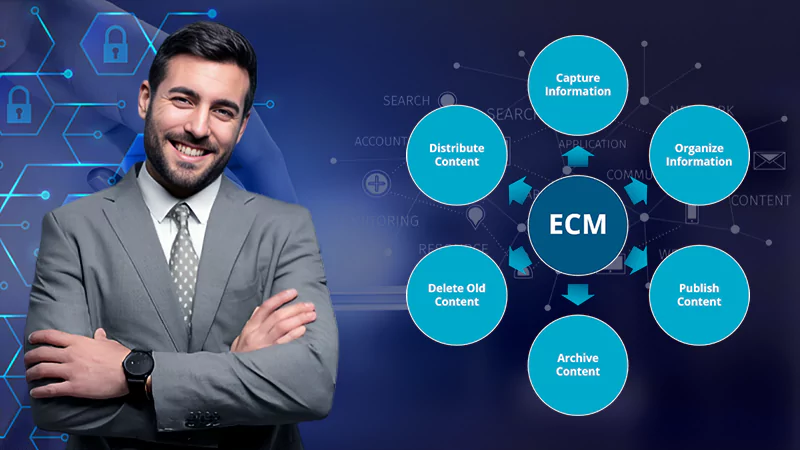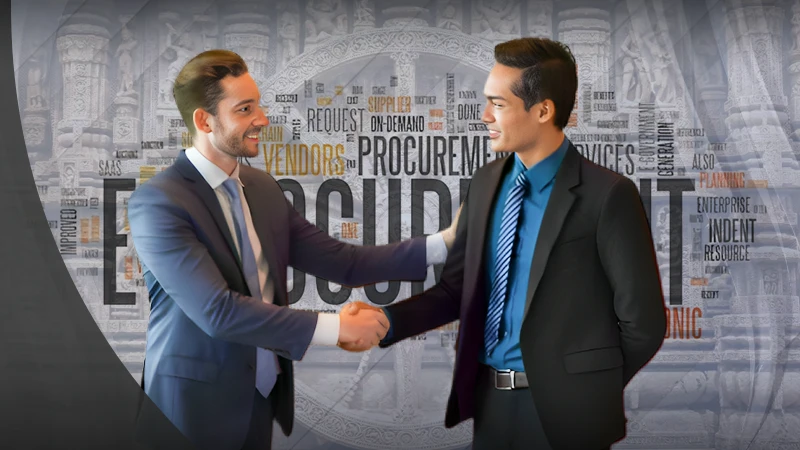Overcoming Financial Inclusion with Video KYC Verification

Technological advancements have brought together people from different regions of the world, living up to its definition of ‘creating a global village.’ These technological shifts are accompanied by cultural changes as well. Global customers are now more demanding than ever, expecting the same level of convenience and data protection as granted to people from developed nations. Know Your Customer (KYC) is a procedure that has long been required of financial institutions to curb financial crimes, such as money laundering. However, traditional KYC is no longer enough. Modern IDV providers offer video KYC verification to address this issue and enhance customer data privacy. This post discusses how video KYC verification empowers financial institutions to create an inclusive environment for all customers.
What is Video KYC?
KYC video verification is a new procedure in the suite of IDV services aimed at providing increased customer data security in the era of deep fakes and synthetic IDs. As the name suggests, it works by prompting the customer to come on a live video call with a KYC verification video expert. During the interaction, the expert interviews the customer and asks them to hold ID documents in front of the camera. This procedure uses multiple AI-powered facial recognition features to conduct liveness checks. Similarly, document verification ensures the ownership and validity of documents. In short, one-on-one interaction with an expert that utilizes audio-visual cues to establish a customer’s physical presence makes video KYC verification different from other eKYC procedures.
Challenges to Financial Inclusion
As mentioned above, Know Your Customer (KYC) is a mandatory process prevalent across various industries. However, it is more strictly implemented and regulated in financial institutions due to the confidential nature of customer data and transactions. Traditionally, KYC has been an archaic and lengthy process as it entailed in-person customer verifications. For instance, the customer was required to bring a stack of documents if they wanted to open an account. It resulted in a delay of at least 30 to 60 days for corporate customers. In comparison, video KYC verification performs the same steps but through an online portal that customers can access from anywhere. It not only promotes cost-efficiency at both ends but is also quicker and more secure than the traditional KYC process. Besides these issues, the following challenges obstruct traditional KYC from achieving financial inclusion:
Spoofing Attacks and Deep Fakes
It’s important to note that most financial institutions (FIs) have started using a mix of recorded video verification for online KYC purposes. However, it poses an additional risk as attackers are now advanced enough to fool the system with spoofing attacks. For instance, scammers can create 3D-rendered videos, masks, and photos to bypass traditional verification processes. Similarly, AI has brought advanced tools into the hands of scammers, which they use to create deep fakes. These are artificially generated falsified videos aimed to gain unauthorized access to a system. Modern video KYC verification combines artificial intelligence with human intelligence to detect spoofing cases in real-time. Therefore, the accuracy of liveness checks jumps to a record high when using video KYC verification solutions.
Customer Journey
The entire purpose of investing in customer verification solutions is to increase their trust in the products or services provided by a company. Therefore, the need to replace traditional KYC processes is amplified because of their low accuracy rates and long processing times. Moreover, another aspect that inconveniences customers is using paper-based documents in standard verifications. In comparison, video KYC verification provides an entirely digital paper-free solution to these problems. As the previously discussed video KYC meaning entails the utilization of AI in these processes, the accuracy is much higher, and that too in a short amount of time.
Legal and Regulatory Barriers
One final challenge to financial inclusion is the legal and regulatory barrier. It’s important to note here that financial regulators have varying rules depending on global regions. For instance, if an area is blacklisted by Financial Action Task Force (FATF), the rules for customer verifications might be more strict for its citizens. The challenge here is that a financial institution will need a large manual workforce to keep updated with the evolving regulations. A video KYC verification solution is the most viable option to overcome this obstacle.
Future Trends of Video KYC Verification
With the use of advanced AI features in video KYC verification, securing organizational and customer confidential data has become easier than ever before. It replaces the need for manual data collection and entry with automated solutions for document verification. Moreover, the distinguishing factor between traditional KYC checks and video KYC verification is that the latter uses facial recognition technology for liveness checks. With real-time video KYC verification, it becomes easy for customers to open an account and for companies to detect suspicious activities.
Follow Us
Latest Post















